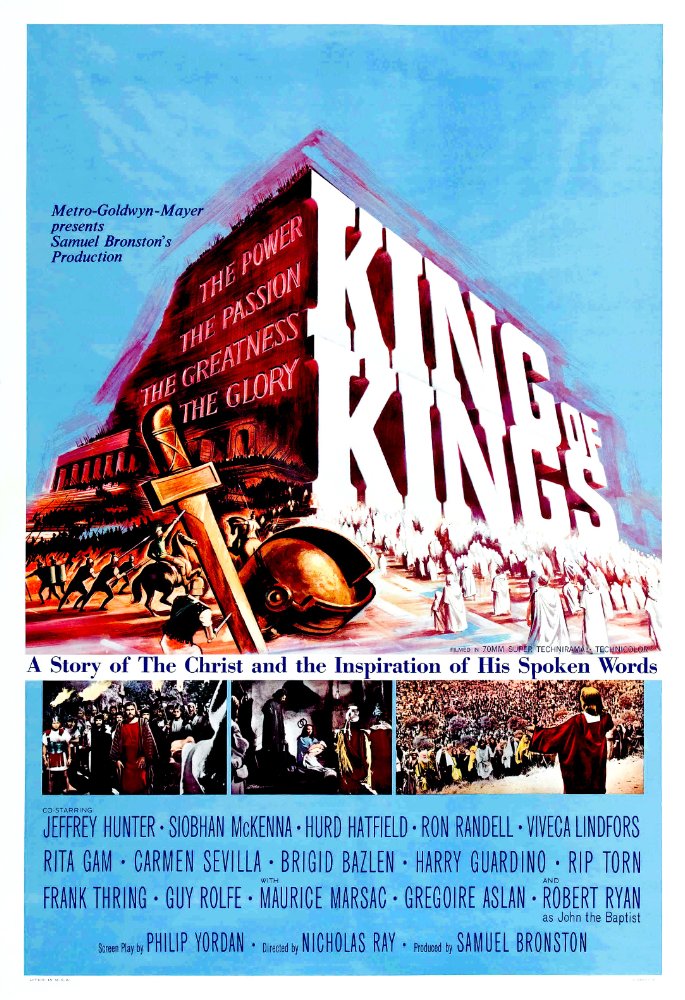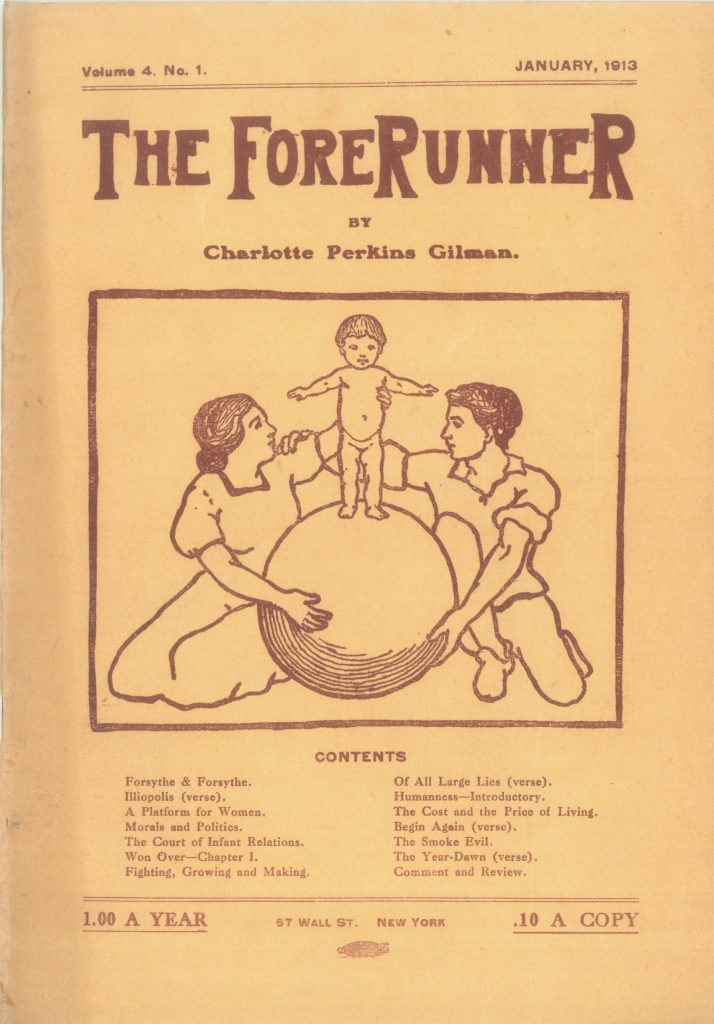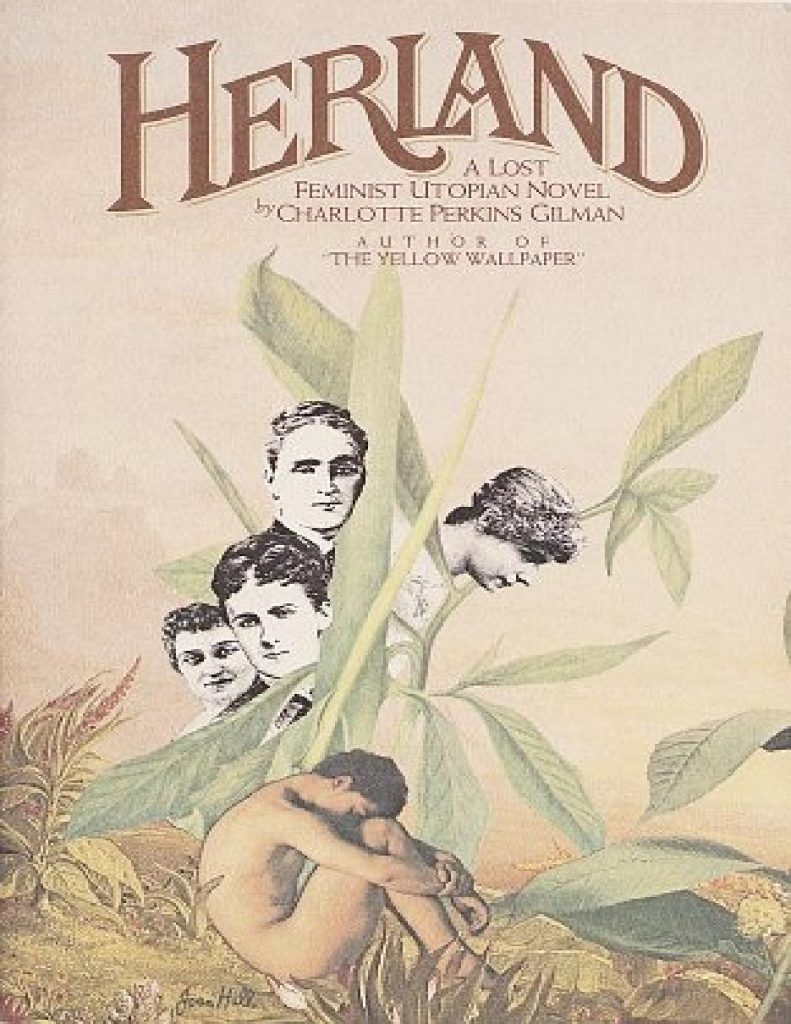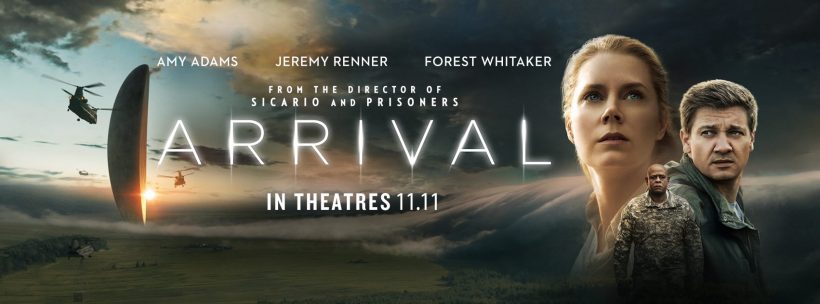By John Hertz: (reprinted from Vanamonde 1246, 26 Apr 17) Cherry-blossom viewing (hanami) season had largely ended last week at Kyôto, Nara, and Tôkyô; at Sapporo, in the north, blossoms should begin to open about May 1st and be at their peak for the following few days. Cherry blossoms are so beloved in Japan they not only have a name of their own (sakura), but also are understood from the word for blossom (hana) if no more is specified. Here there were e.g. a Cherry Blossom Festival 4-5 & 11-12 Mar 17, Descanso Gardens, La Cañada – Flintridge; a Nat’l Festival 16 Mar – 12 Apr at Washington, where a Japanese friendship gift of 3,000 trees had been accepted by First Lady Helen Taft.
Cherry blossoms are beautiful and fall soon. As long ago as the Man’yôshû (“Collection of Ten Thousand [not literally] Leaves [or maybe ‘to last ten thousand ages’]”, about the year 800), “the first and, in the opinion of most who have written about Japanese literature, the finest collection of Japanese poetry…. the falling of cherry blossoms could stir an awareness of transcience…. Some poems on cherry blossoms … convey so poignant a sense of the passing of time as to bring tears to the reader’s eyes,” D. Keene, Seeds in the Heart pp. 85, 91 (rev. 1999; J literature through the late 16th Century).
I was at Oakland, 350 miles (550 km) from home, 5,300 miles (8,600 km) from Kyôto, for a memorial to an uncle who died in February. He was 92, swimming a mile a day, working, and playing saxophone and clarinet in a jazz band. There were a few hundred people and a good handful of speakers. On a printed program I saw Michael Dalby. Perhaps not an unusual name, I thought, but “Liza and I” in his speech told me he must be the husband of Liza Dalby, whose book Geisha (1983; 25th-anniversary ed’n and 17th printing with new preface, 2008) had so impressed me (Van 368). Afterward I found him; he said “she’s right over there”, and I thanked her.
She is the only American ever accepted as an apprentice geisha; for her Stanford University Ph.D. she went to Kyôto, heart of Japanese culture, and served 14 months in one of the oldest geisha-houses; Geisha (actually Kyôto calls them geiko) is based on her dissertation. We foreigners have supposed them members of the world’s oldest profession, which they are not. Their primary arts (gei) are the shamisen (three strings played with a plectrum, long neck, no frets) with its song repertory, which she brought with her surprising her new companions, and dance; also superb dress, deportment, and wit.
When I met her she wore in her ears, and at her neck, the Japanese character mu (“nothingness”) in the distinctive calligraphy of the Zen Buddhist master Hakuin (1686-1768; famous inter alia for “What is the sound of one hand clapping?” which he thought led beginners to the Great Doubt — “At the bottom of great doubt lies great awakening. If you doubt fully, you will awaken fully” — better than the answer of Jôshu [778-897] to “Does a dog have Buddha-nature?”: “Mu!“).
I thought she might like to hear, and with only a few minutes I tried to tell her, that when I was sent to Japan for the 65th World Science Fiction Convention (2007), the first held in Asia, by the one-time traveling-fan fund Murray Moore invented, HANA (Hertz Across to Nippon Alliance, for which we used the character hana in the calligraphy of Seiichi Shirato’s uncle Seihou Mikado), her book had been a great help to me.
I left out the Haiku Contest and other adventures of bidding for that Worldcon, adventures of holding that Worldcon, and the careers of Takumi Shibano and Peggy Rae Sapienza. I did say I’d gone to the Bashô (1644-1694) Museum and stood where he stood at the Sumida River; at the Kiyosumi Garden, had asked to see the iris beds; she remembered the acrostic poem about irises by Narihira (825-880) and said “I hope you were there in May” — irises are a May flower — so I explained “No, September; I wanted to see where the irises had been,” but (just as befell me and several friends at the Garden, only there we were rescued by the pocket computer of Etsuko Kodama, who’d been At-Con Registration) neither she nor I could recall the name of Kenkô (1284-1350), who’d written that chrysanthemums are most beautiful when their edges start to brown.
Since Geisha, Ms. Dalby has written Kimono (1993), a novel The Tale of Murasaki (2000) being a fictional biography of the author of The Tale of Genji (1012), a memoir East Wind Melts the Ice (2007), and another novel Hidden Buddhas (2009). When I got home I re-read Geisha, Mineko Iwasaki’s memoir Geisha of Gion (2002; the United Kingdom title, United States title Geisha, a Life), The Diary of Lady Murasaki (covers only 1008-1010; R. Bowring tr., rev. 1996), and read E. Underwood’s Life of a Geisha (1999, foreword by LD) and N. Ogino’s photograph book A Geisha’s Journey (2008, text by the Kyôto geiko Komomo), then East Wind and Tale of Murasaki, all which I recommend.







